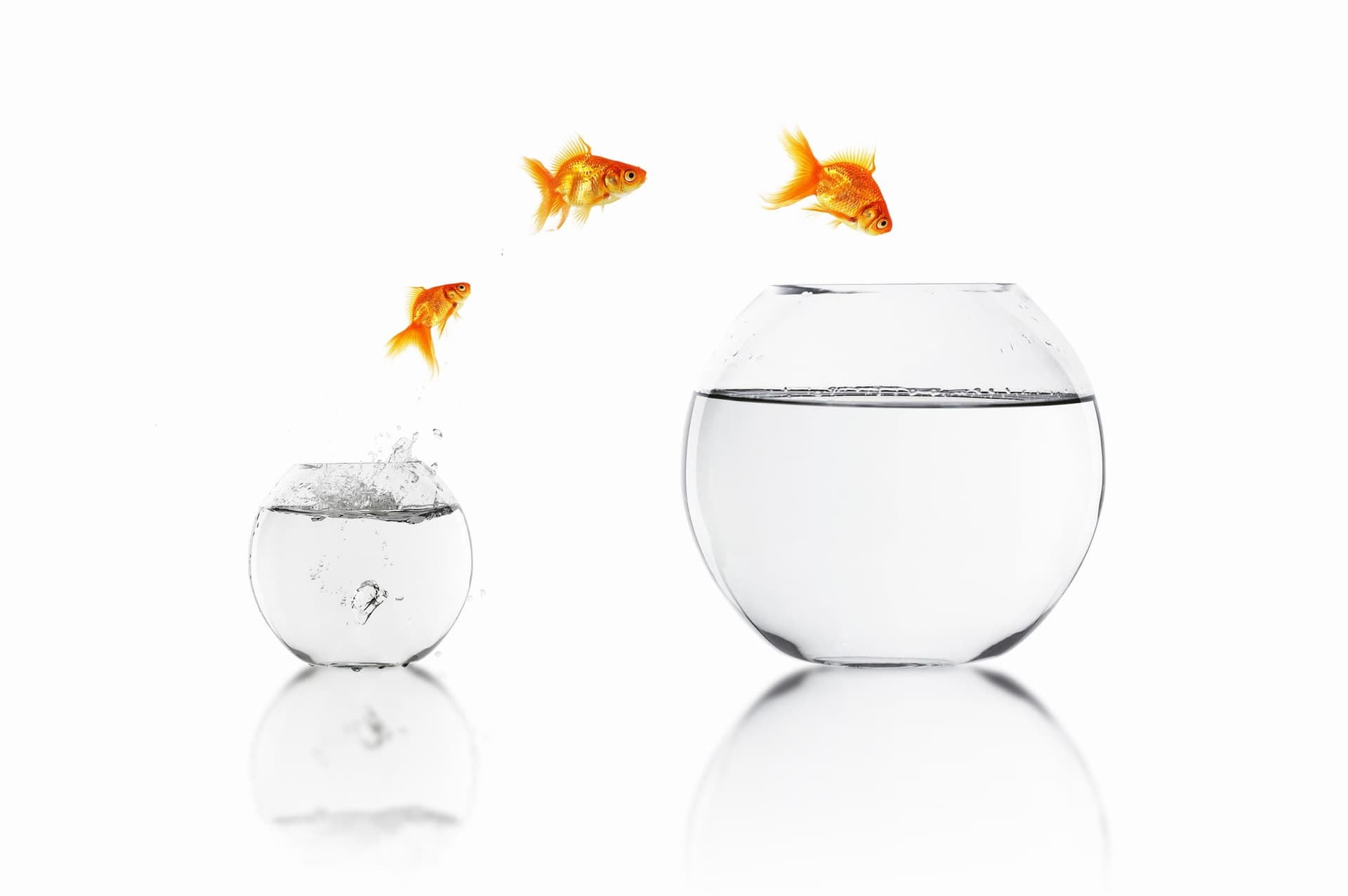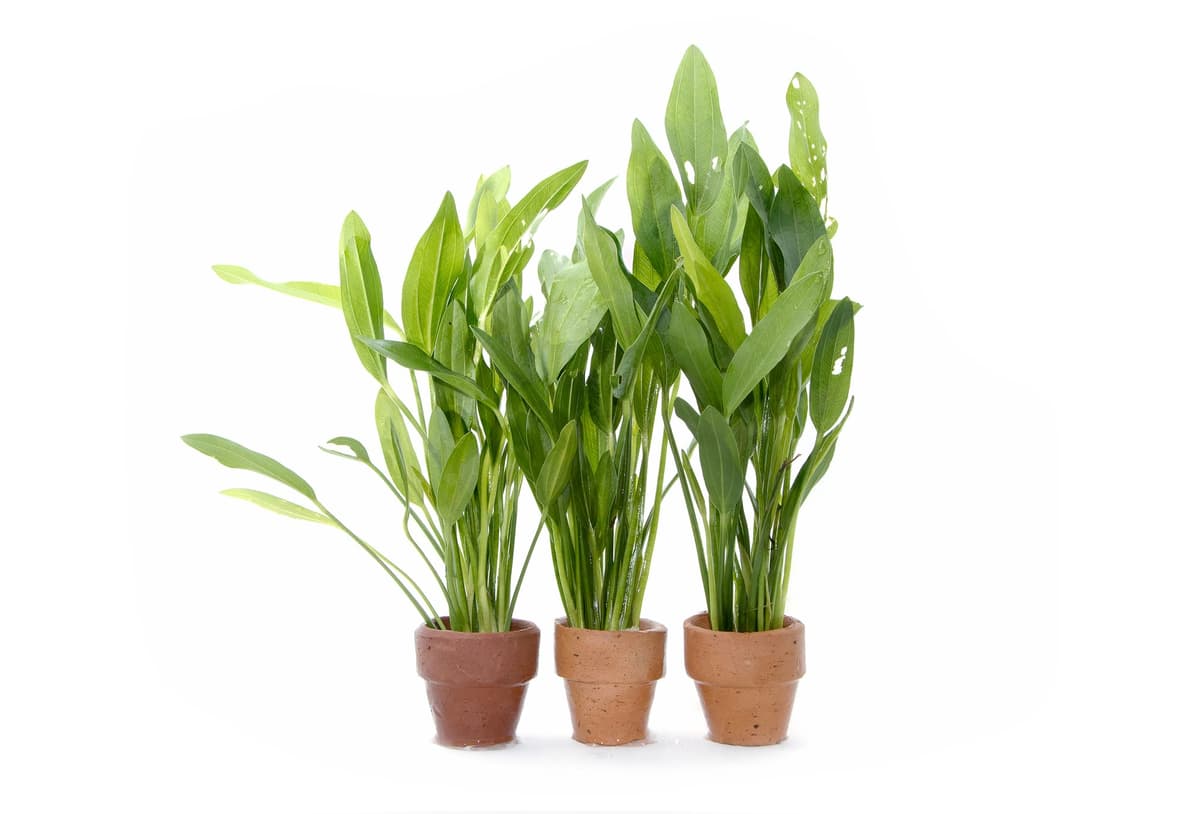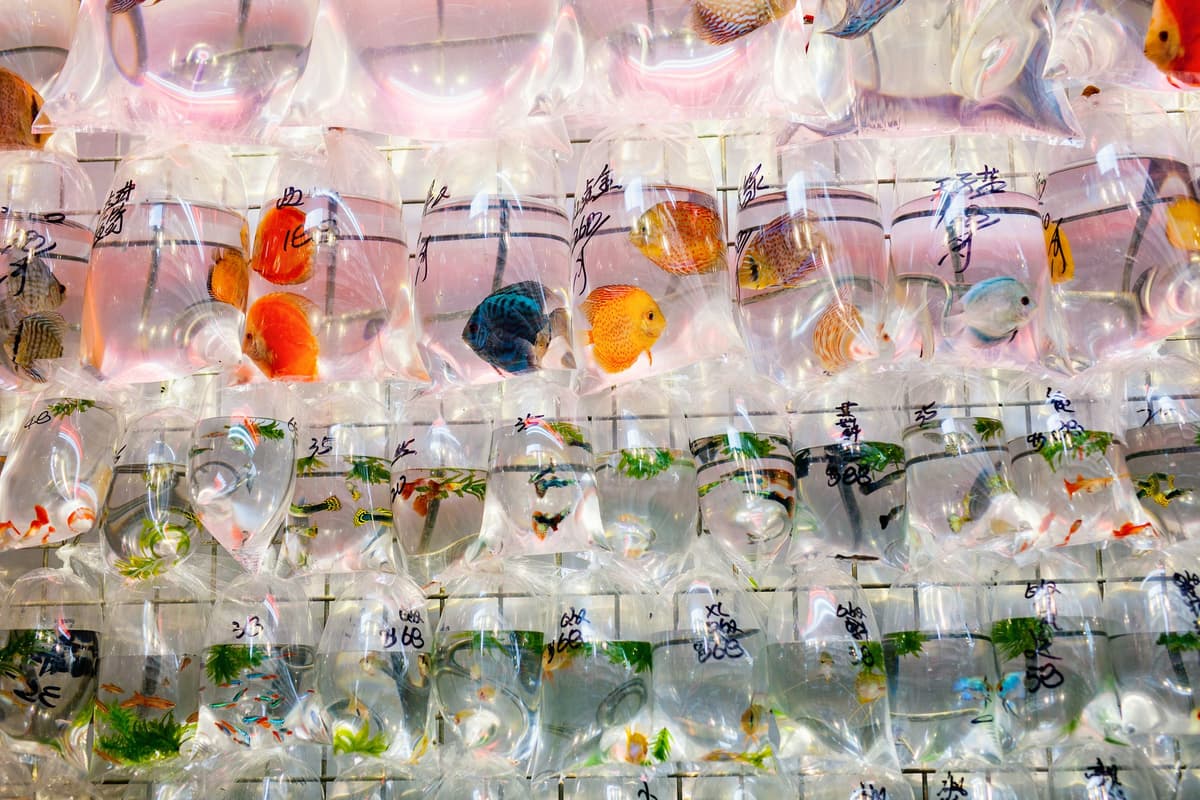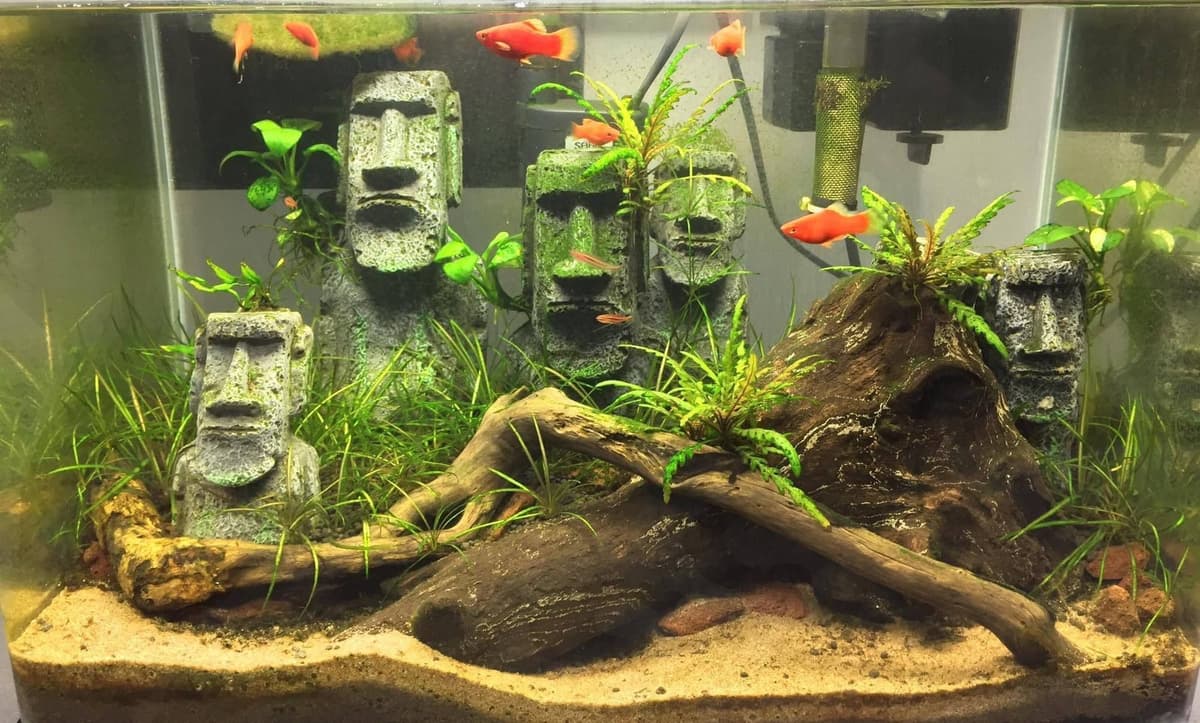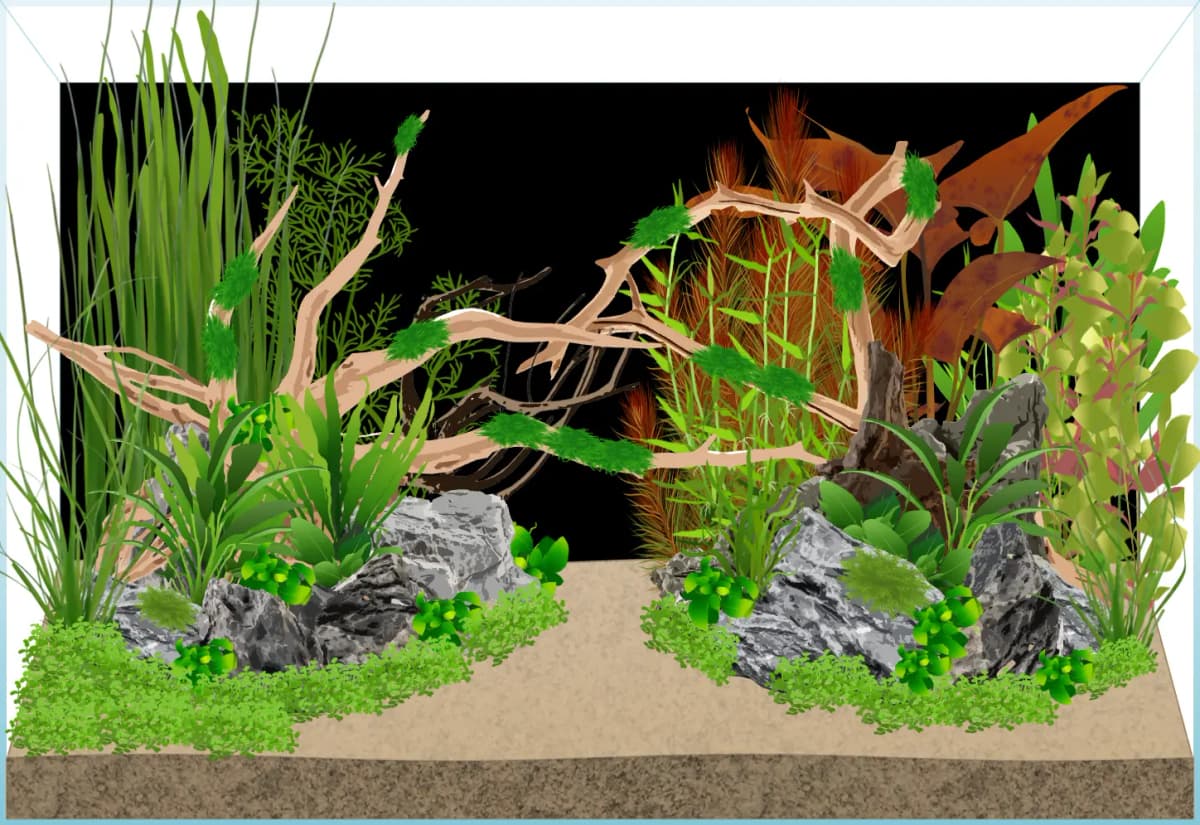Setting up your first aquarium is an exciting new experience. However, maintaining an aquarium for the first time can be challenging due to a lack of experience and accurate information.
Unfortunately, beginners often make avoidable mistakes that complicate aquarium maintenance.
Online resources don’t always address your specific circumstances adequately. Therefore, this guide aims to help you recognize and avoid the most common beginner aquarium mistakes.
Preventing these mistakes initially is far easier and more rewarding than rectifying them later.
Let’s explore five common beginner mistakes, along with tips for avoiding them, to ensure your first aquarium thrives from the start.
1. Adding Fish Before Your Aquarium is Properly Cycled
The excitement of setting up an aquarium often encourages beginners to introduce fish prematurely. However, a newly set-up aquarium needs time to stabilize through the nitrogen cycle—a biological process crucial for fish survival.
The nitrogen cycle involves converting harmful ammonia (produced by fish waste) into nitrites, and finally, into less harmful nitrates.
What does it mean for a tank to be cycled?
A cycled tank contains healthy bacteria capable of carrying out the nitrogen cycle. Without these bacteria, the water will become toxic and fatal to the fish.
How long does it take for a tank to be fully cycled?
There is no definitive answer—it could take a few weeks or a month.
Test your water regularly for ammonia, nitrite, and nitrate levels. Add fish only after your aquarium has successfully completed the nitrogen cycle.
How to speed up the aquarium cycle process?
To expedite the process, you can add quick start additives to your tank. This can accelerate the nitrogen cycle.
While this may seem like a convenient ‘hack,’ it’s still worth waiting a few days regardless—your fish will thank you.
Alternatively, if you know someone with a cycled aquarium, you can use some of their filter media. This common and simple trick introduces healthy bacteria directly, instantly kick-starting the nitrogen cycle in your tank.
Tip: add plants to your aquarium to help speed up the nitrogen-cycle. Plants will happily consume the ammonia and nitrates that are produced by your fish. While also providing them a safe space to swim and hide.
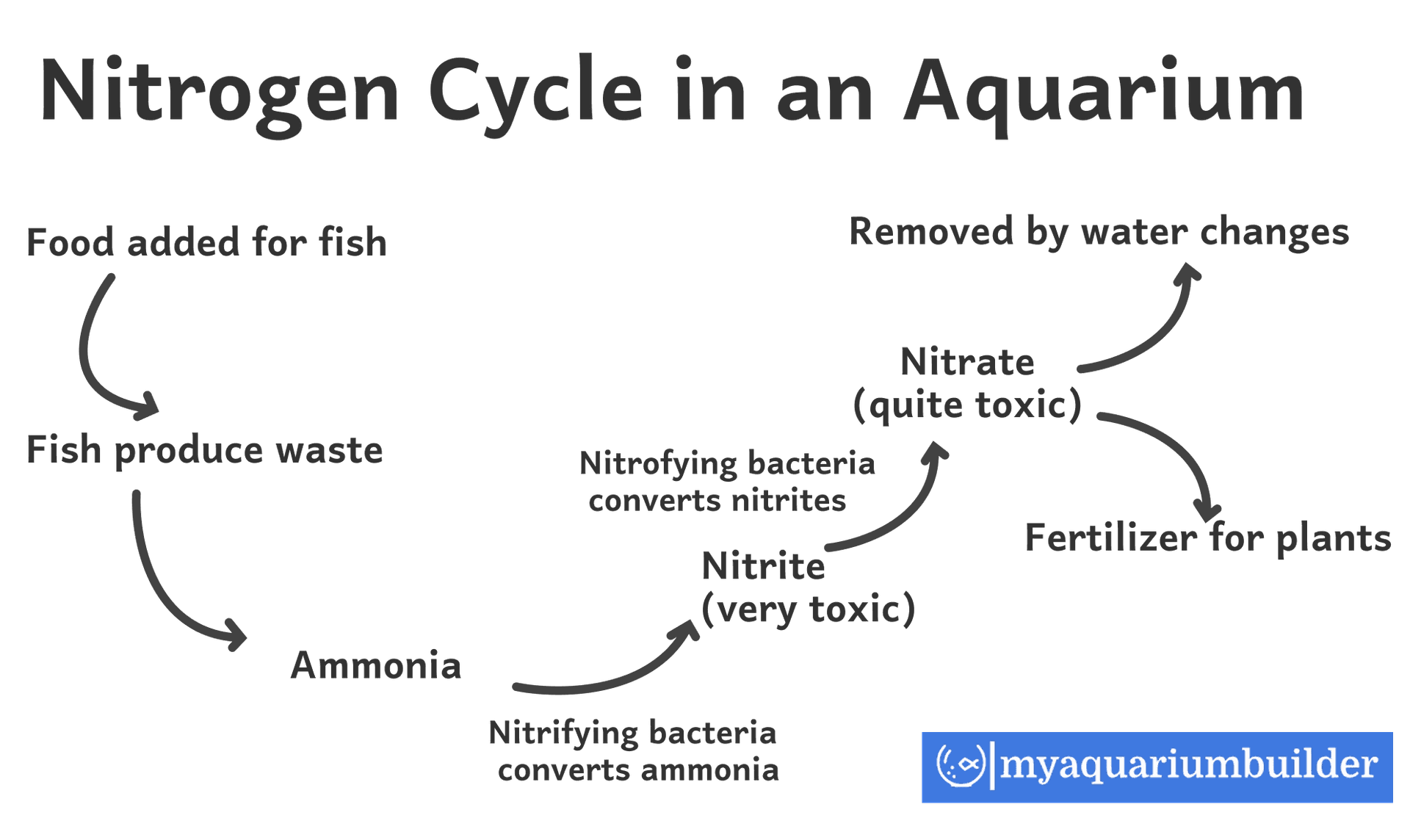
2. Purchasing an Aquarium That’s Too Small
It’s a common belief that smaller aquariums are easier to manage. However, larger tanks provide greater water volume, reducing the impact of water quality fluctuations and offering a more forgiving environment for beginners.
We recommend tanks between 10 and 30 gallons. They provide stability and sufficient space for a healthy aquatic environment.
A small 3-gallon desk aquarium may look fantastic, but it will be incredibly sensitive to water and temperature changes and is often too small for most fish.
Just remember: check if the location where you plan to set up your aquarium can handle the weight. It sounds trivial, but water is heavier than you think.
How do I find out how heavy my aquarium is?
Use this simple calculation:
- Get your aquarium’s dimensions.
- Work out how much water it will hold using our volume calculator.
- Convert the volume (in liters) to kilograms—1 liter of water weighs 1 kg.
- Add approximately 20% extra weight for rocks, substrate, and equipment.
For example, a standard 2ft aquarium weighs around 68 kg when filled—not something you want to place on a standard desk. This is where a dedicated aquarium stand is invaluable.
3. Overstocking Your Aquarium
While a lively aquarium may seem appealing, overcrowding can severely compromise your fishes’ health. Too many fish can cause:
- Higher ammonia levels
- Reduced oxygen
- Aggressive behavior
- Algae growth
- Increased nitrate levels
Tip: Stock your aquarium based on fish species’ size and behavior, not just appearance. A common guideline is one inch of fish per gallon of water, but be aware this rule has limitations and varies by species.
Check the fish database for tailored advice on over 700 types of fish.
Important: Many fish prefer to swim in shoals, which encourages natural behavior and improves their well-being. This is why point 2 (tank size) is so critical. The larger your aquarium, the more fish you can keep safely.
4. Mixing Incompatible Fish Species
Many beginners assume all fish species will coexist peacefully. In reality, some fish exhibit territorial or aggressive behavior. For instance, Betta fish are known for their aggression and require solitary living or carefully selected tank mates.
Tip: Always research species compatibility using our fish database. Planning your aquarium’s social structure is key to a thriving, harmonious environment.
5. Replacing All the Aquarium Water During Cleaning
When it’s time for a water change, removing all the water may seem logical, but it’s highly detrimental. This practice disrupts beneficial bacteria colonies and destroys the established nitrogen cycle, endangering your fishes’ lives.
Tip: Limit water changes to about 20% every two weeks. Always treat new water with a conditioner and test it thoroughly before adding it to your aquarium.
How do I clean my filter?
A common mistake is rinsing filter media or sponges with tap water. While they may appear dirty, that ‘gunk’ is actually beneficial bacteria essential to your tank’s health.
Instead, use a bucket of aquarium water to gently rinse your filter media. This keeps bacteria alive while restoring water flow through the filter.
Bonus Tip: Aquarium Security
Don’t overlook aquarium security. Installing a well-fitted lid prevents fish from jumping out and helps minimize evaporation, maintaining stable water conditions.
Now, don’t dwell on everything that can go wrong. Aquariums are easy to manage with a little planning and effort.
Make sure you have everything you need by following our aquarium checklist.
Once your tank is set up, focus on maintaining balance and keeping up with regular maintenance. Care for your fish, keep the tank clean, and trim back plants as needed.
Following these guidelines will help you build and maintain a successful aquarium. For more helpful tips, subscribe to our newsletter.
Happy fish-keeping!
